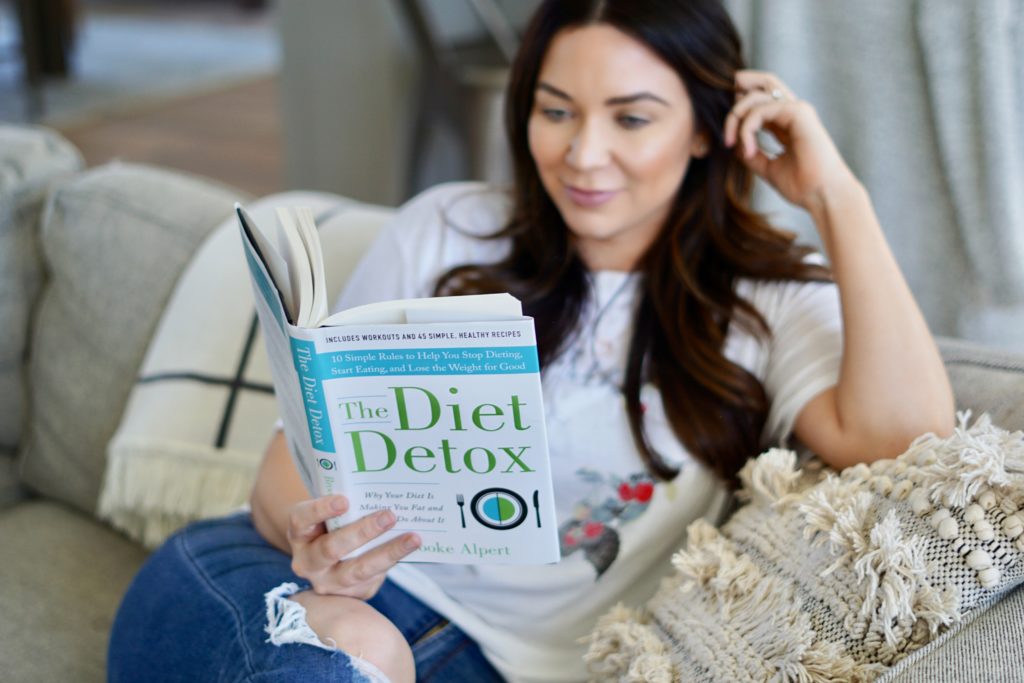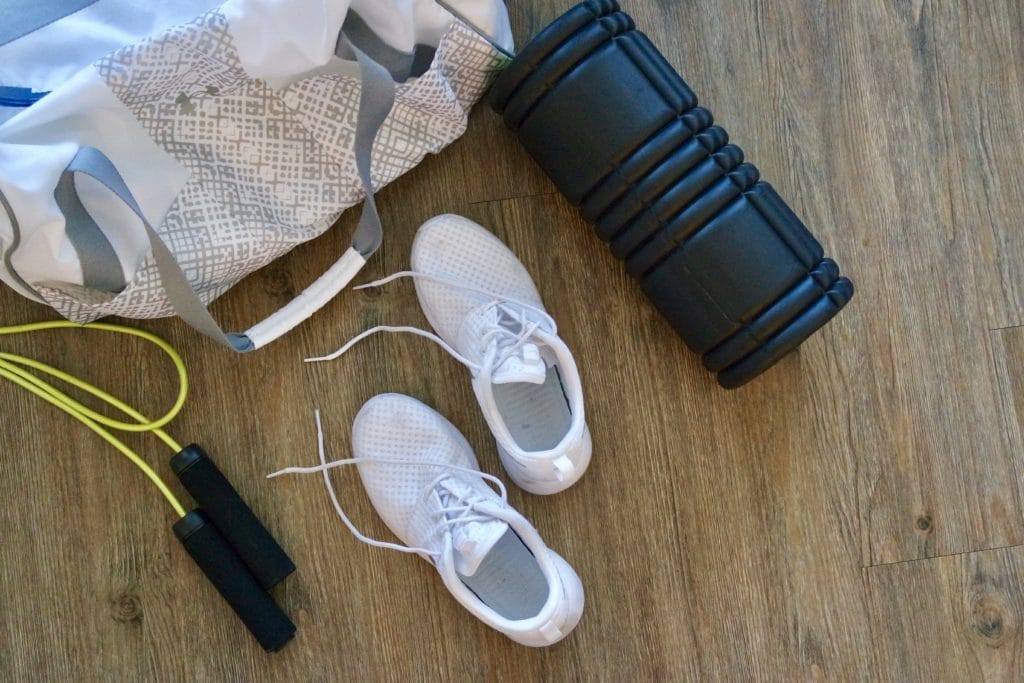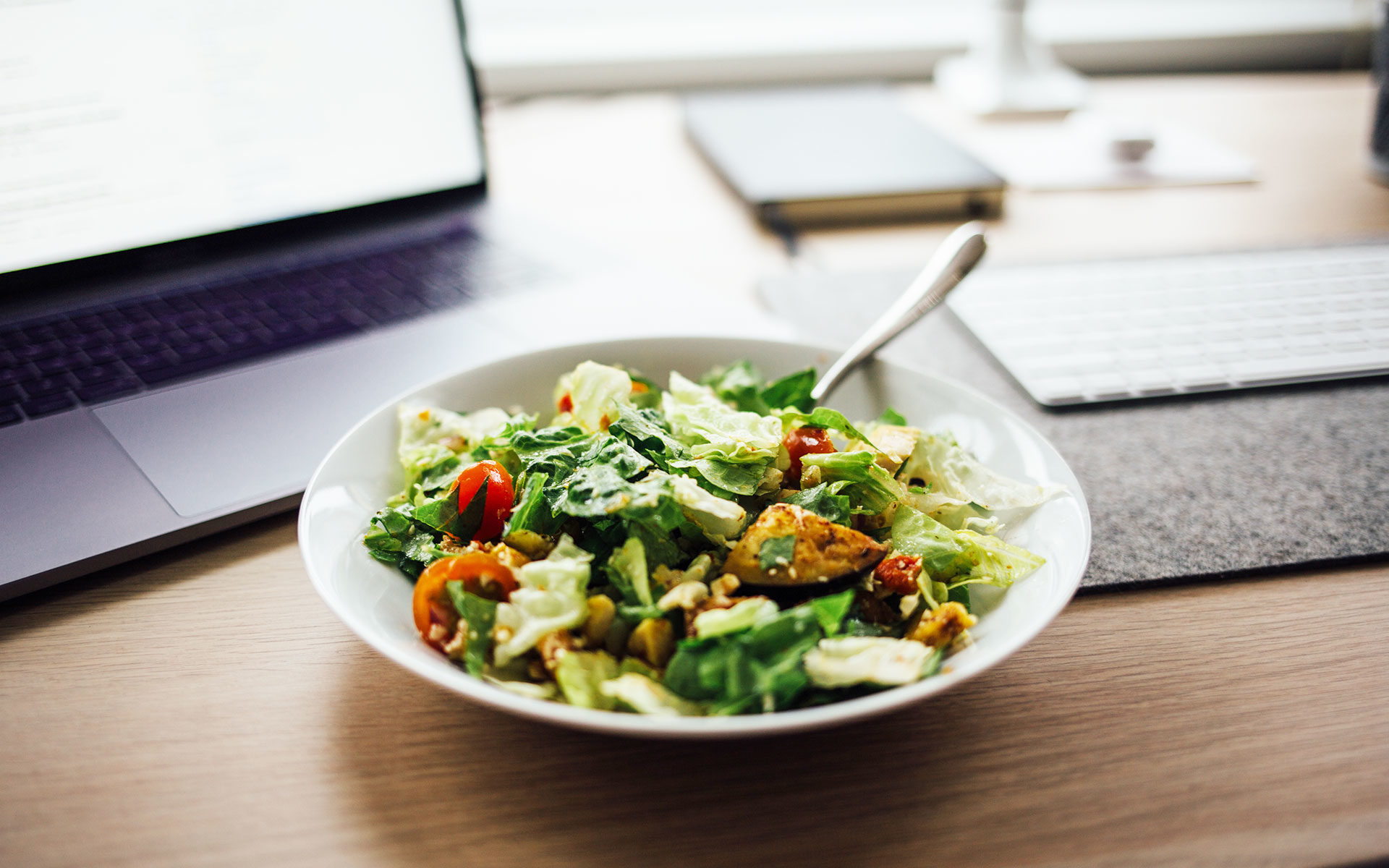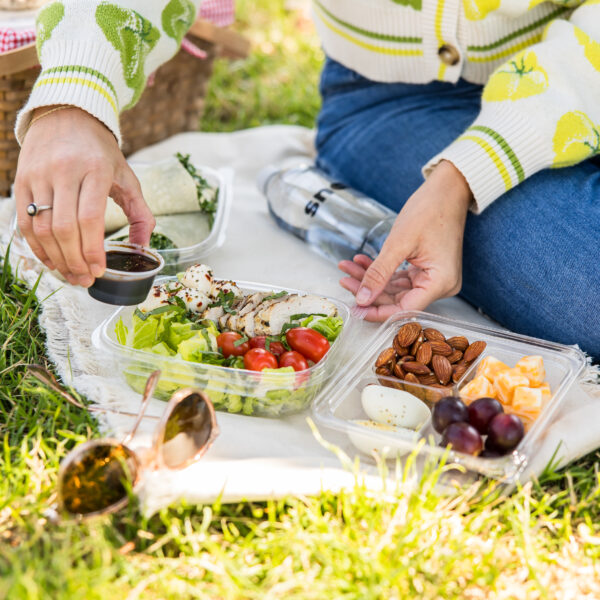If you’ve recently scrolled through Instagram, or chatted on the phone with your best friend, or happened upon a Dr. Oz commercial, chances are you encountered multiple theories about what you need to do tofinally get the whole “healthy eating” thing down and become your best self.
(If you just rolled your eyes at that one, you’re not alone.)
Bottom line: this space is confusing. The principles of healthy eating are simple, but they’re difficult to execute consistently thanks to the temptations of the modern food landscape and all of the noise within it. Making your life easier is what we do at Snap Kitchen, and we’re here to debunk some common “healthy” habits with simple solutions you can actually use.
Mistake #1: You get suckered into a fad diet or cleanse.
Listen, we get it. The idea of losing 10 pounds in 5 days is an enticing one. And, in some cases, it might work. You step on your scale Monday morning, drink juice through Friday, and end up 5-10 pounds lighter as a result. Then what? You’re probably ready for a burger. And fries… Cheese fries. Hell, you just finished a 5-day juice cleanse. How about a milkshake too?
Juice cleanses (and other extreme elimination diets) just don’t work when it comes to making sustainable changes. We felt so strongly about this that we reworked our entire juice offering to eliminate the idea of a day-long cleanse. Cold-pressed juice with a salad? Awesome. All liquid diet? Hard pass.
If juicing and fad diets don’t work, then what does? The answer: relying on real food eaten in proper balance. Eating when you’re hungry and stopping when you’re satisfied. Moving your body regularly. Getting adequate sleep. Managing your stress. If that ever feels impossible, consult with an expert to help you with healthy behavior change strategies.

Mistake #2: You think if cutting calories leads to weight loss, cutting more calories leads to more weight loss.
Achieving a caloric deficit through decreased food intake and increased physical exercise should lead to a lower number on the scale. However, as you venture further through your health journey, things get complicated as changes in your hormones and metabolism come into play.
As body fat decreases, you produce less hormones that tell you you’re full and more hormones that tell you you’re hungry. Adding insult to injury, as your body mass decreases, so will your metabolism. Quite simply, our bodies don’t love change.
The intuitive solution here is to cut more calories, but constantly lowering your energy intake will only further thwart your daily caloric burn. Instead, focus on eating real food (including adequate healthy fats and protein!), which encourages a normal metabolic/hormonal response, listen to your body’s hunger and satiety cues, and exercise.
Mistake #3: You see “low fat” or “no sugar” on packaging and assume a food is good for you.
Consider anything on the front of a food package as marketing. Food manufacturers carefully choose everything on the front of their packaging so that all you see is a health halo. Your low fat or sugar free product probably includes quite a few yucky additives to make it that way. Take salad dressing, for example. When companies strip out naturally occurring fat, they’ve got to add in sugar, or less-than-natural flavors to keep it palatable.
Take control of your shopping experience by flipping the package over to scan the nutrition facts and ingredient list. By law, ingredients should be listed in order of predominance, so take note if sugar is at the beginning of an ingredient list. The ingredients, unlike front of packaging claims, will tell you all that you need to know. You’ll be able to see if that low-fat cracker has added sugar or artificial flavors. You’ve just got to do a quick scan.
Mistake #4 You think that salad is always the healthier choice.
When faced with a restaurant menu, intuition tells us to zero in on the ‘salad’ section for the healthiest choice. But all too often, a well-meaning bed of greens is used as a vehicle for candied nuts, handfuls of cheese, and creamy, calorie-rich dressing. “Low fat” dressing? It’s often a euphemism for swapping out oil for added sugar and ingredients that require a Google search. (No, really, what are disodium inosinate, disodium guanylate, and disodium phosphate?)
There’s another side of the coin, too. We also see people eating what we like to call ‘sad salads’ far too often. A bowl of lettuce with a few added veggies thrown on top simply won’t fill you up. Instead, make sure your salad also contains protein and fat. Add some grilled chicken or steak plus avocado and a serving (usually 1-2 Tbsp) of salad dressing. When you’re shopping for a salad dressing, look for a base of avocado oil or extra virgin olive oil, not canola or soy.
Mistake #5 You use exercise as a stand-in for healthy eating.
The unfortunate truth is that it’s far easier, faster, and more delicious to eat calories than it is to burn them. Say the average woman jogs for an hour. She’ll have burned only 590 of the 825 calories in a Chipotle burrito. (In truth, the real tragedy here is that said burrito doesn’t even include guacamole!)
Of course, exercise does have its own merits independent of what you eat. It increases your lean body mass; it improves your thinking, learning, and sleeping; and it can reduce your risk of cardiovascular disease and type 2 diabetes. But for overall health, weight maintenance, or fat loss, workouts should complement nutrition, not act as its surrogate.

Are you sensing a theme yet? Yep, the foundation of your healthy lifestyle really is that simple: eat real food, do exercise you enjoy regularly, go easy on the stress and get some sleep. Life’s full of complications. No need to file “being healthy” under that category.
Want to prioritize healthy eating without the work? We’ve got you covered with our meal plans.





Leave a Reply
No Comments